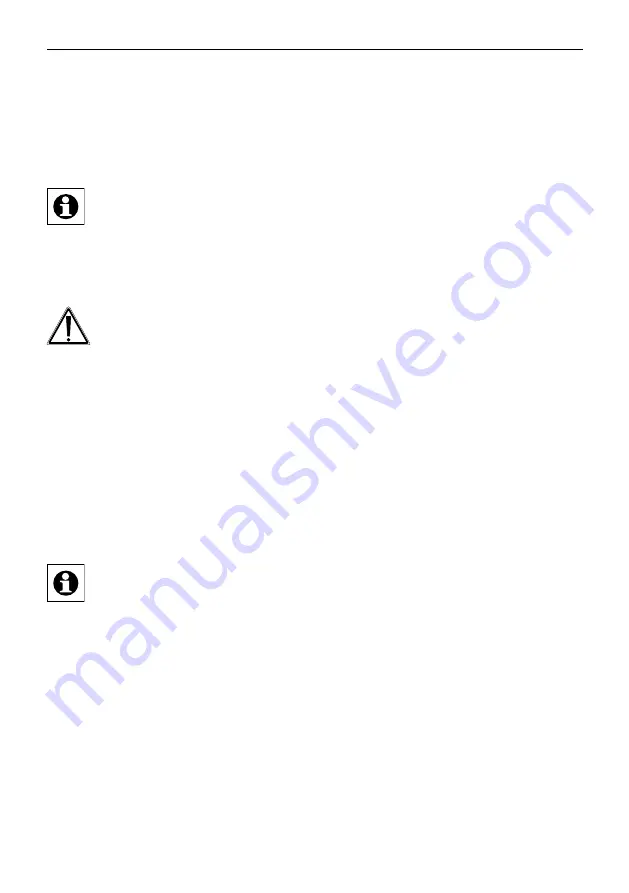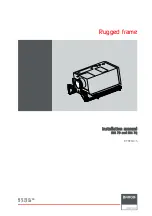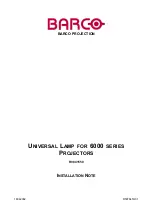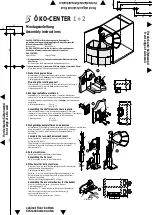
43
Start-up
radius (up to 300 m (typically) in the open air, with damping caused
by building walls etc. taken into account). Choose a position in
which it is possible for rain to fall directly into the rain sensor, but
where there is no risk of inaccurate wind measurements caused by
nearby buildings, trees, etc.
It may be placed in a sunny location since the temperature sensor
is located in a shaded, ventilated area of the housing.
•
Push the assembled stainless steel mast
(A)
into the ground until
you are sure that the sensor will be stable.
If the weather data sensor topples over, it may cause injury or
damage to vehicles and objects.
5.2 Start-up
When starting the weather data sensor for the first time, the device must
be aligned so that it is pointing north to be able to define the wind direc
-
tion. To do this, proceed as follows:
•
Align the weathervane of the weather data sensor to the north. It is
recommended to use an analogue or electronic compass for assis-
tance.
If you need to, you can fix the weathervane in this position using a
piece of double-sided adhesive tape on the housing.
•
Release the cap of the main sensor
(C)
by turning the cylinder
clockwise and pushing it downwards.
•
Insert three 1.5 V LR6/mignon/AA batteries into the battery com-
partment
(L)
observing the correct polarity (as indicated by the
markings).
















































